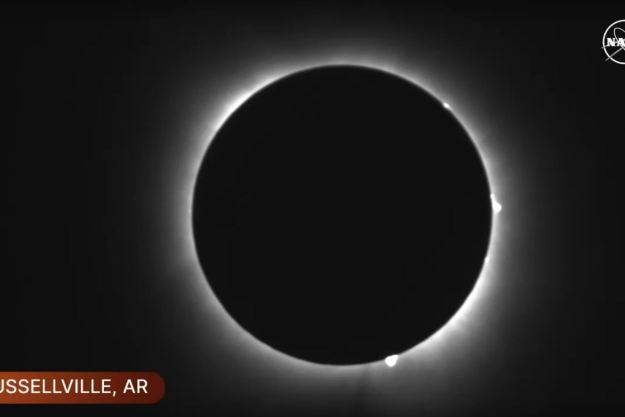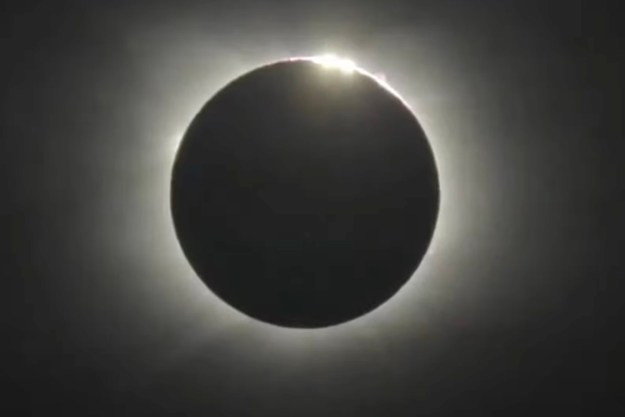As NASA looks toward expanding its crewed missions with launches to the moon in the next few years and ongoing trips to the International Space Station (ISS), the agency has voiced concerns over a possible lack of astronauts to help fulfill the missions.
In a recently published report by NASA’s Office of Inspector General titled “NASA’s Management of its Astronaut Corps,” the agency revealed that after reaching a peak of nearly 150 astronauts in 2000, the size of its corps currently stands at 44, describing it as “one of the smallest cadres of astronauts in the past 20 years.”
The report noted that NASA’s planning for the training and assigning of astronauts is currently shaped by ISS missions, but added that more ambitious crewed voyages to the moon and possibly even Mars mean the agency needs to reevaluate the way it prepares for such endeavors.
Analysis conducted by NASA several years ago revealed that its astronaut corps would dip below the minimum manifest requirement in fiscal years 2022 and 2023, a situation that prompted NASA to select 10 new astronaut candidates at the end of 2021. The new recruits are now beginning a rigorous two-year training program.
But the report said the current situation means NASA may not have enough additional astronauts available to make up for “unanticipated attrition and crew reassignments,” as well as ground roles such as leadership and liaison positions, and those serving as spokespeople for the agency.
It added: “In light of the expanding space flight opportunities anticipated for the Artemis missions, the corps might be at risk of being misaligned in the future, resulting in disruptive crew reorganizations or mission delays.”
The report also highlights concerns that at the current time, NASA may not be ready to make the necessary adjustments for new astronaut training programs for lunar missions that will be markedly different from stays on the ISS, a situation that could potentially see the first crewed moon mission — Artemis II — delayed beyond its current 2024 target date.
The report made several recommendations for NASA to address the issues, including more coordination between various bodies to improve mission training and planning, and evaluation of whether it needs to increase the 15% safety margin that it currently uses to calculate the minimum size of the astronaut corps for missions over the coming five years.
With more than 12,000 people applying to become NASA astronauts in the last hiring round, there’s clearly still much interest in space exploration as a career, suggesting that the space agency has a good chance of putting things right over time.
Editors' Recommendations
- Astronauts take major step toward Starliner’s first crewed flight
- NASA video maps all 72 flights taken by Mars Ingenuity helicopter
- NASA gives green light to mission to send car-sized drone to Saturn moon
- Junk from the ISS fell on a house in the U.S., NASA confirms
- Watch NASA begin testing its Orion capsule for lunar flyby

